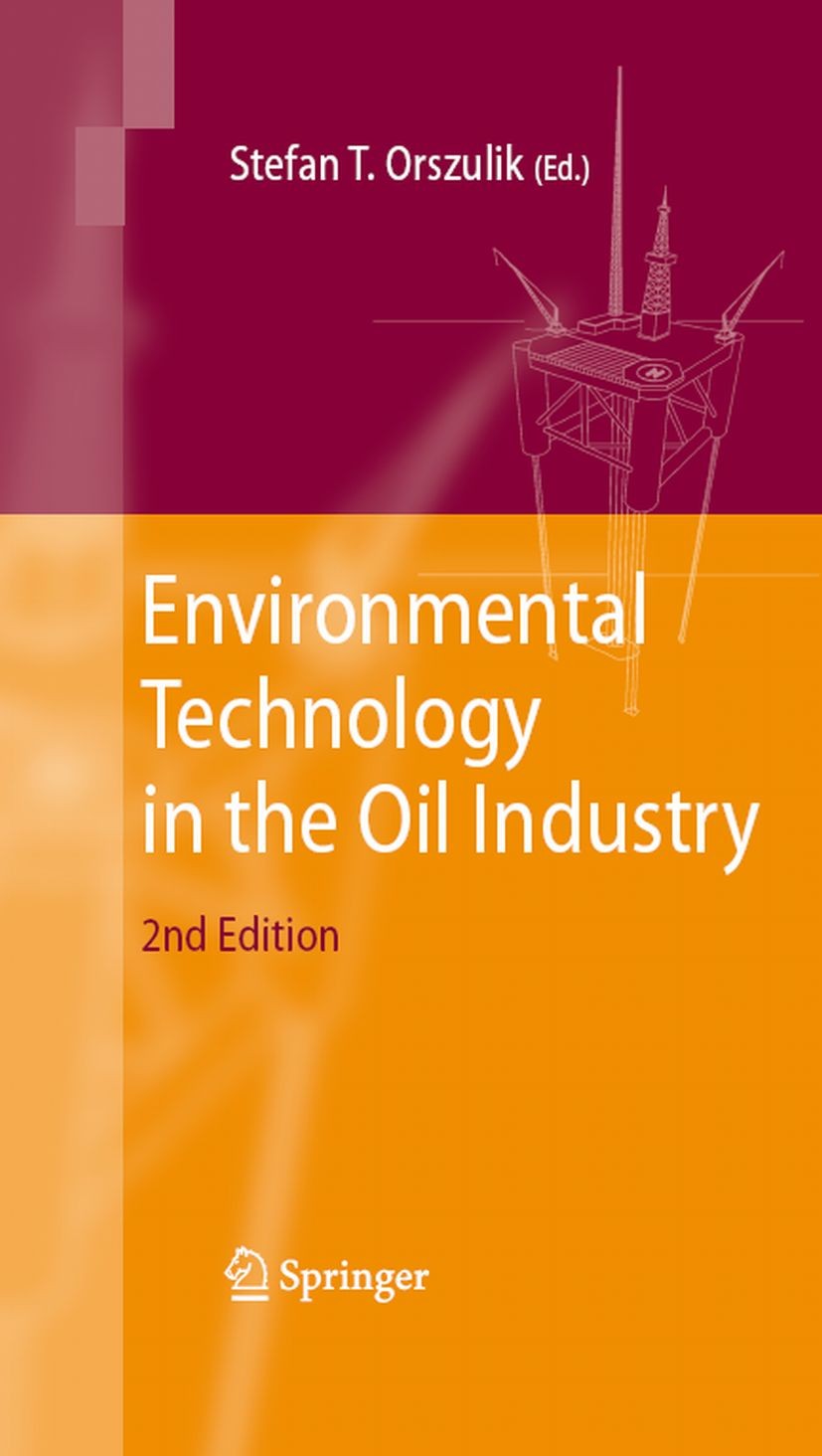| 书目名称 | Environmental Technology in the Oil Industry | | 编辑 | Stefan T. Orszulik | | 视频video | http://file.papertrans.cn/313/312951/312951.mp4 | | 概述 | Looks at each stage in the life cycle of petroleum products, from exploration to end use.Examines the environmental pressures on the Oil Industry and its response.Draws together technical developments | | 图书封面 |  | | 描述 | FIGURE 1.1. BP group annual total air emissions by pollutant 1999–2004 (See Color Plates). FIGURE 1.2. BP group annual total air emissions* by business 1999–2004 (See Color Plates). evaporate. In addition, gas can be released from operations through contr- led process vents for safety protection. Further safety devices, such as flares, are used to burn excess hydrocarbons in the industry, but can allow a small proportion of hydrocarbon into the atmosphere without being burnt. Ind- try contains and controls these emissions wherever possible to minimize any loss of hydrocarbon. Hydrocarbon vapours, often described as volatile organic compounds or VOCs, are potentially harmful air pollutants, which can result in local health impacts as well as local or regional contributions to the formation of low-level ozone; which in turn, may also impact human health. Controlling hydrocarbon loss helps prevent impact on air quality and is also economically beneficial. 4 A. Ahnell and H. O’Leary In 2004, BP emitted 245 kilo-tonnes of non-methane hydrocarbons to air, a decrease of 24 kilo-tonnes (9%) compared with 2003. The largest prop- tion of these emissions came from the exploration and producti | | 出版日期 | Book 20082nd edition | | 关键词 | Oil Industry; Oil and Gas; Petrochemical; Petroleum Products; Pollution; RSI; contaminants; emissions; envir | | 版次 | 2 | | doi | https://doi.org/10.1007/978-1-4020-5472-3 | | isbn_softcover | 978-90-481-7376-1 | | isbn_ebook | 978-1-4020-5472-3 | | copyright | Springer Science+Business Media B.V. 2008 |
The information of publication is updating

|
|
 |Archiver|手机版|小黑屋|
派博传思国际
( 京公网安备110108008328)
GMT+8, 2025-11-13 05:33
|Archiver|手机版|小黑屋|
派博传思国际
( 京公网安备110108008328)
GMT+8, 2025-11-13 05:33


